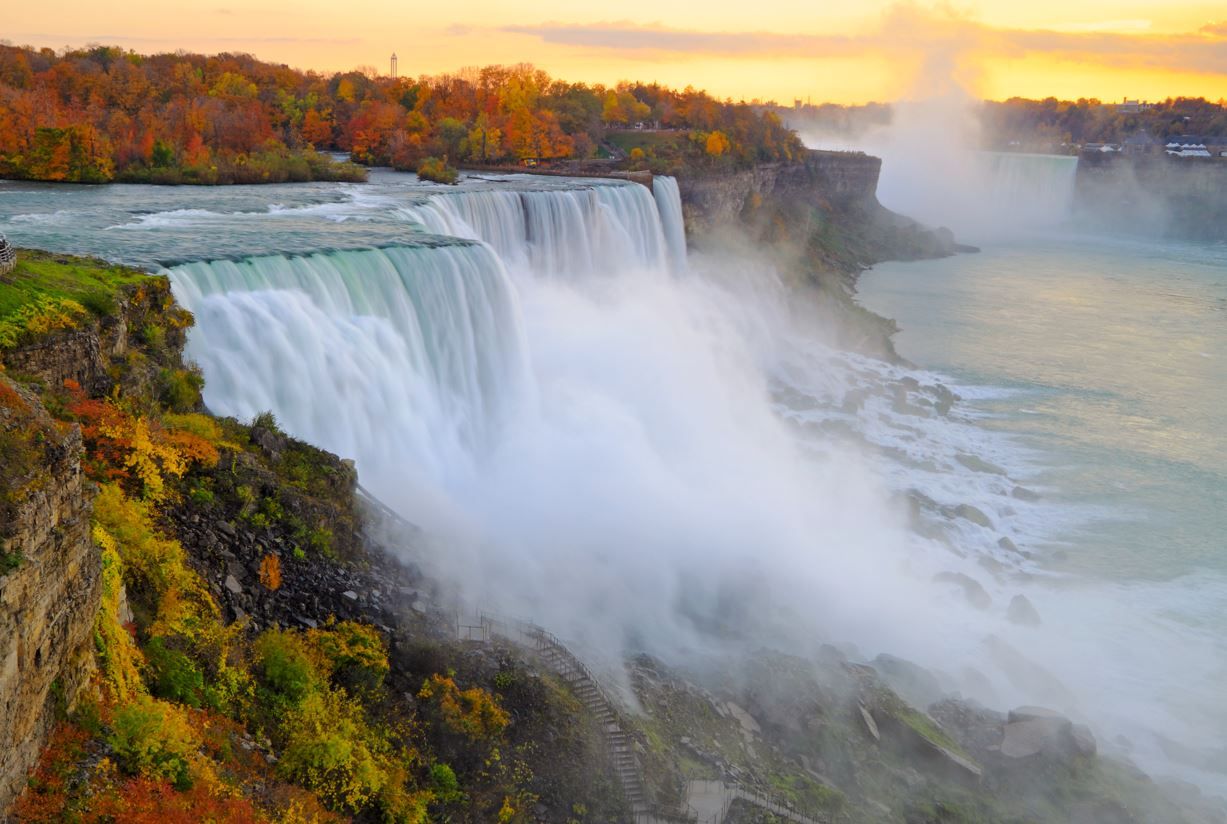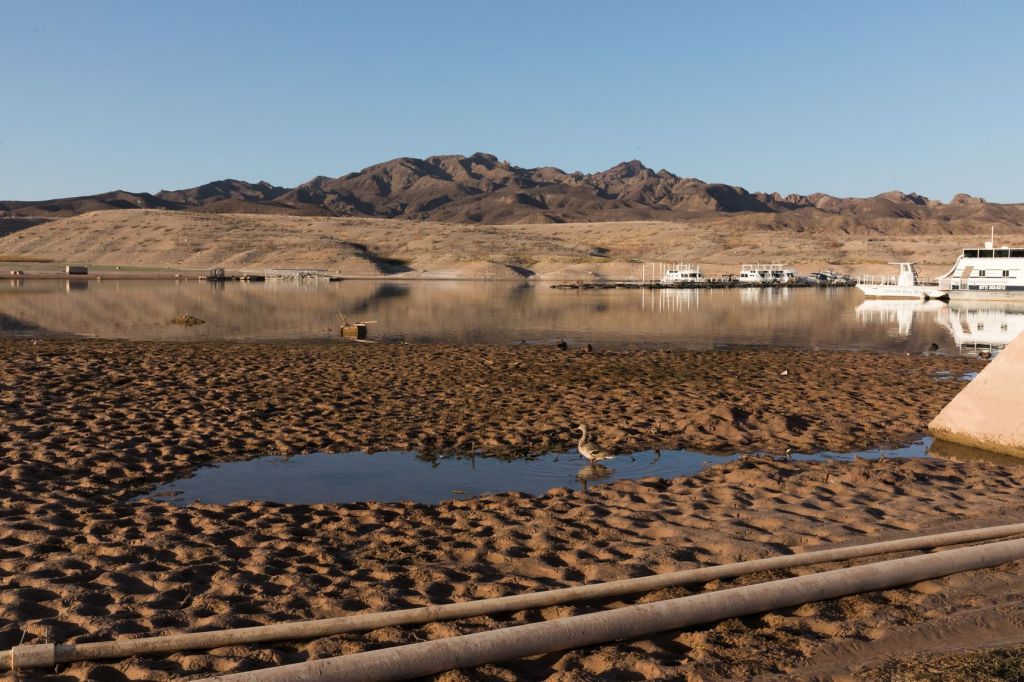Water.
“Water is life's matter and matrix, mother and medium. There is no life without water.” – Albert Szent-Gyorgyi

“Thousands have lived without love, not one without water.” -H. Auden.
Freshwater will be the world’s next battleground commodity. Landlocked countries might be at terrible risk. Without sufficient amounts of freshwater, food becomes scarce. Starving people can’t be controlled, resulting in a breakdown in civil society.
The water on the surface of Earth is found mainly in its oceans (97.25 percent) and polar ice caps and glaciers (2.05 percent), with the balance in freshwater lakes, rivers, and groundwater. The actual percentages are below.

Issues at Home
In our western United States, the drought that began two decades ago now appears to be the worst in 1,200 years, according to a study led by the University of California, Los Angeles. But it is not only in California; it’s throughout the United States, looking at the graphic below. Forgetting the historical nature of the drought, bridging our needs gap seems paramount. Our government’s answer to the unprecedented crisis has been reactive at best.

The federal government has declared an unprecedented new stage to the water shortage afflicting the Colorado River, triggering cutbacks likely to deepen economic damage to the Southwest driven by a long-running drought.
The cuts of less than one million acre-feet are lower than the two million to four million officials of the Bureau of Reclamation had told the seven states that use the river and Mexico to prepare for an advisory two months ago. They notably leave out California, the river’s largest user, which would have been affected by more significant cuts.
An acre-foot is enough water for a typical family of four for one year.
Bureau officials said they were prepared to impose additional cuts if cooperative efforts to achieve savings to prop up two of the river’s most significant reservoirs, Lake Mead and Lake Powell, don’t work. Officials said Tuesday that both reservoirs reached critical shortages for the first time.

In a post in November of last year, I warned about the challenges of ignoring the persistent drought conditions with industrial, agricultural, and individual demands so incredibly high, especially in the western United States. I wrote, “thinking in rudimentary survival terms, not in advanced “climate change” modeling, I am struck by the lack of discussion surrounding the ever-expanding droughts and the scarcity of freshwater. Water is critical to our survival.”
“Why does this matter to me? I don’t live on the west coast. Unfortunately, what happens in California, doesn’t stay in California. The state accounts for 13.52% of our US agriculture. Almost double #2 Iowa’s 7.43% contribution. Drought means crops dying and less food for you and me.“
“Let me put the situation in starkly personal terms. Your morning cup of joe (coffee) is about to go up in price. Brazil, the country with the most freshwater resources in the world, has lost 15% of its surface water over the last three decades. In 2021, coffee producers estimate that almost half a million acres of coffee crops were hit by the worst frost in three decades. Accompanying the frost came the drought. According to soft commodities expert Judith Ganes, potential losses from the drought could affect half of Brazil’s coffee crops next year. She said it was hard to determine how badly Brazil’s Arabica beans were hit, but “there will be a major failure.”
“The price of your morning caffeine fix is on its way up. (see below) Look at the 80% rise in coffee futures this year depicted below. It’s a supply-demand dynamic. Less supply with the same demand means higher prices.” Starbucks’ brewed coffee price is $2.95 for a grande, 20.41% higher than it was one year ago.

“Sensing blood in the water, the sharks have entered the fray. “Scarce clean water is the resource defining this century, like oil and gas defined the last,” says Matthew Diserio, the president of Water Asset Management, an investment manager of both physical water assets and water equities.“
More from my November 2021 post, “On the west coast, the Nasdaq Veles California Water Index (NQH2O) tracks the spot price of water in the region’s groundwater basins. It’s an actively traded market. A lack of snowmelt on the Sierra Nevada forced prices up from $529.58 per acre-foot (the volume of water covering one acre of land to the depth of a foot) in March to $813.60; by October.” As of 8-22-2022, an acre-foot of water is $1,214, more than double the November 2022 price. Hunting for persistent food price inflation? Look below.

Given the projections for drought in California, crops will die. Food prices will likely rise. The identical supply-demand dynamic experienced in Brazil over coffee has more extended, more dire implications. It’s just not the United States in peril.
Europe
In Europe, rivers such as the Rhine and Italy’s Po that serve as arteries for trade are running at historic lows, forcing manufacturers to cut shipments. Falling river levels also have reduced hydropower generation across the continent, affecting a critical alternative source to natural gas, which is in shorter supply as Russia squeezes flows.
Heat has forced France to lower production at several nuclear reactors because the river water that cools them is too warm. And Germany, Europe’s biggest consumer of Russian gas, plans to burn more coal instead of gas to generate electricity, but low levels on the Rhine are holding back shipments.
Meager snowfall at the river’s source in the Swiss Alps and reduced rainfall downstream have lowered water flow in the Rhine Delta in the Netherlands. That has allowed seawater into the country’s system of locks and dams, slowing river traffic and seeping into reservoirs used for drinking and agriculture. Drought is drying out and weakening earthen dikes that protect low-lying areas of the Netherlands from the North Sea.

China
Droughts & water scarcity are real issues in China. In January of this year, I wrote, “China has 20% of the world’s population but only 7% of the world’s freshwater resources. China’s overall water resources are adequate for the moment, but they have a logistics problem. 2,000 cubic meters (m3) per person, they are above the level where water stress starts (1,700 m3), well above water scarcity (1,000 m3), and acute water scarcity (500 m3). China’s water resources are roughly equal to those of the UK.”
“The problem is that 80% of the water is in southern China. The eight northern provinces suffer from acute water scarcity, four from scarcity, and a further two (Xinjiang and Inner Mongolia) are largely desert. Unfortunately, those 12 provinces account for 38% of China’s agriculture, 46% of its industry, 50% of its power generation (coal and nuclear use a lot of water), and 41% of its population.“
“Additionally, according to the USC Annenberg Center, the long-term outlook for renewable freshwater is rather dire. Water scarcity eventually creates food scarcity.“

The impact of extended drought and heat waves on sectors such as tourism, manufacturing, and agriculture could become a long-term drag on governments’ capabilities and citizens’ health worldwide. Our water challenges are not going away.
Until next time. Travel safe.

